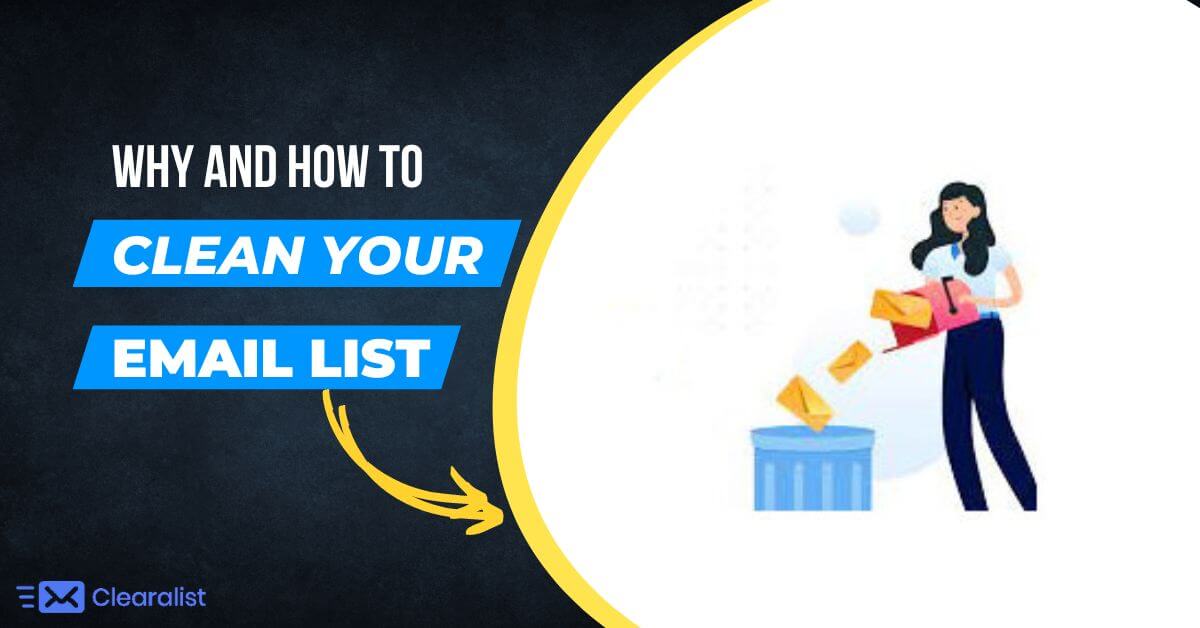
You would probably be wondering why many people receive your email but do not engage with it, then chances are it could require a new start.
Here, you’ll find out why it’s so important to keep your email list clean and exactly how to sanitize that list for the best results.
Let’s go check it
1) How do you know if your list needs to be cleaned?
The primary sign that your list is scrub-worthy will be pointed out in your metrics, particularly open and click rates.
If you can see a drop in these over your last few email campaigns, then you might have a build-up of unsubscribers and disengaged individuals.
And, sadly, if your subscribers aren’t initiating or clicking, then they also aren’t being switched into customers.
Even distressed, if they’re tired of receiving your emails and flagging you as spam, then they can affect your deliverability to the people on your list who do want to hear from you.
But how does email list scrubbing work to change your lagging metrics? Hold on to discover the perks of regular list cleaning.
2) Why clear your email list of bad and spam emails?
When you don’t take charge of something the way you should, it frequently becomes harmful. Your email list is not unusual.
A build-up of unengaged subscribers in your list means you’re losing important time, marketing energy, and here’s the big one: resources marketing to people who just aren’t involved.
This involves doing a once-over email list cleaning several times every year. Like many tasks that involve housekeeping, this might seem like a pain, but it’s worth the effort in the long run.
Let’s take a look at what good email list cleaning can accomplish for your marketing strategy:
- Better click and open rates
- Reduced bounce numbers
- Cost reduction
- Increased revenue
3) How does email list cleaning work?
Now, you’ve decided your list is a bit incorrect and you’re ready to clean it up. What do you require to get the best results?
1. Get clear of the no-action subscribers.
If someone is on your list but never opens your emails, eliminate them from the list. They’re not receiving your messages anyway, so why let them skew your metrics and possibly increase your emailing expenses?
2. Maintain an eye on syntax errors.
Suppose someone with bad typing just typed in their email address as “@ngail” instead of “@gmail”, and now you’ve got an inactive email. Or, you may have addressed it with extra spaces and unsupported characters.
Inspect for obvious syntax errors where you can. Some email cleaning services offer this alternative and will do it through software.
3. Define low-activity subscribers.
Once you discover your low-activity subscribers, you can transfer them to a separate list that gets targeted communications less frequently.